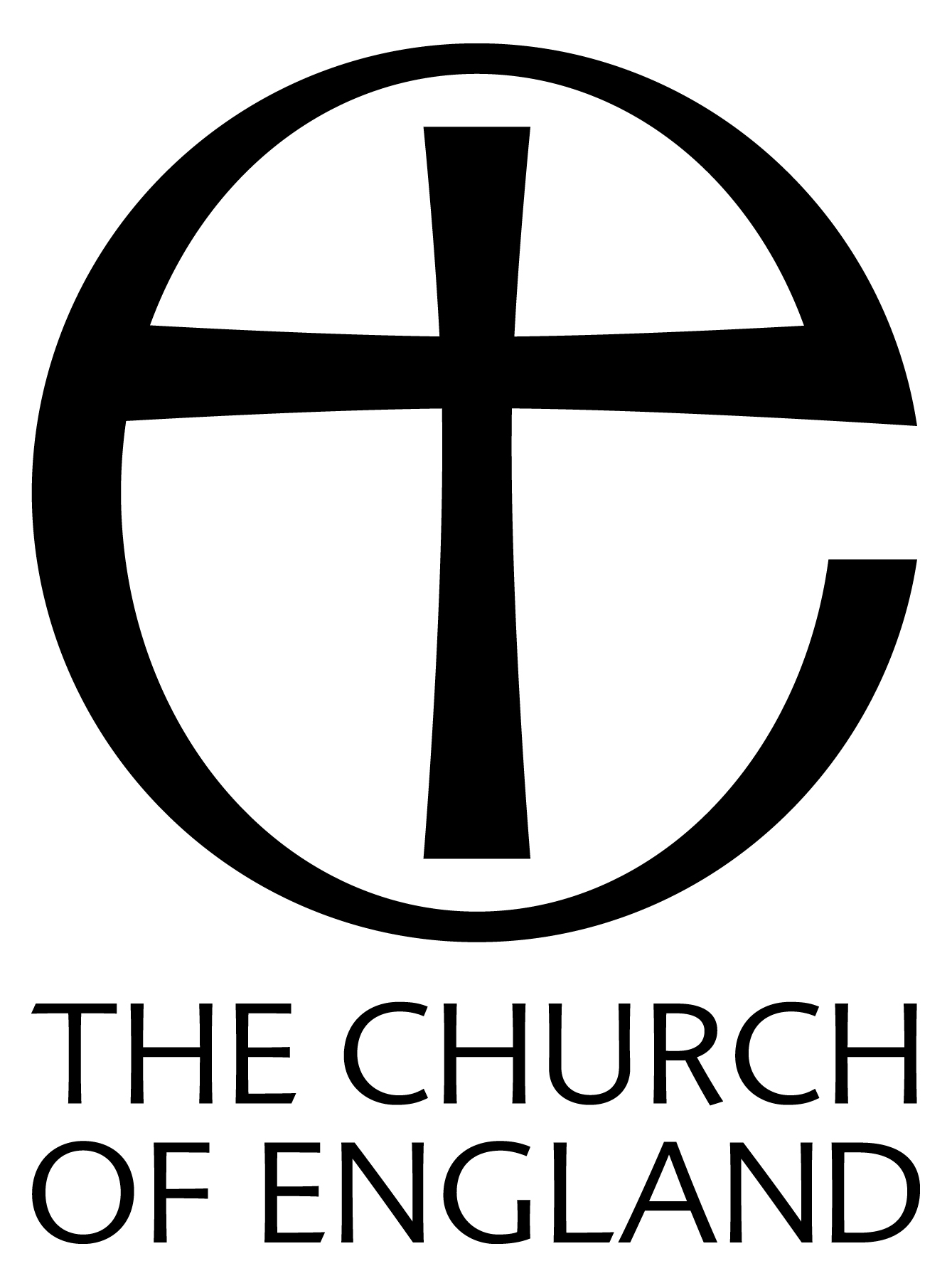Reproduced from
DRYPOOL -
Being a History of the Ancient
Parish of Drypool cum Southcoates
by M. Edward Ingram (1959)
by M. Edward Ingram (1959)
| < < < | > > > |
|
There were other matters to concern the vicar of Drypool, for even in such small communities as this, the political and religious troubles of the century had their repercussions. At one extreme were the Puritans, who were becoming increasingly vociferous. At the other end were the Laudians. Between the two was the vast mass of churchmen, quietly doing their pastoral work, and whose opinions lay somewhere between the two extremes. The Puritans had little use for the sacramental way of life. They abhorred ceremonies, and inclined to a Presbyterian form of Church government and had little respect for tradition or church fabrics, which were derisively termed" Steeple houses." The Elizabethan bishops had had the greatest difficulty in making the Puritans conform and accept the minimum of decency in conducting church services. The Laudians, on the other hand, valued the sacraments. They had a great respect for tradition, and whilst rejecting the excesses of Rome insisted that worship should be performed decently and with dignity. They liked to see the Holy Table properly adorned and treated with reverence. Twice during Coke's incumbency and once during that of his predecessor there are charges of neglect either of the fabric, the churchyard or the furnishings. Whether this neglect was due to the poverty of the parish, or to the Puritanical outlook of the parson and his churchwardens we cannot say. However, these and similar presentments elsewhere show clearly the neglected state into which some of the churches had fallen, and also the difficulty which was still being experienced in seeing them properly furnished. In 1627, Margaret Orrill was presented, " for suffering their part of the Churchyard fence to lye downe this last year." Six years later the Churchwardens, William Malton and Matthew Ford, John Bower and John Humpton, were charged. The" church porch is in |
In 1637, the year of Laud's Scottish Prayer Book, there are a number of presentments. This time a charge was preferred against James Watkinson, John Blaides and WiIliam Popple, who are described as the Proprietors, i.e. the Lay Rectors of the Parish. It was their responsibility to keep the chancel in repair, and they had neglected to do so. In pre-Reformation times, when a church was appropriated to a monastery as Drypool was to Swine, the tithes which had originally supported the Rector were transferred to the monastery, which employed a vicar to serve the church. With these tithes went the obligation to repair the chancel of the church. At the Dissolution they passed into lay hands, but whilst the Impropriators were willing to accept the tithes they often neglected their duties, with the result that the chancels fell into decay. The charge in 1637 was of" sufferinge the Chauncell to be in decay in the seates or deskes." The Improprietors promised" to make decent seates chauncelwise . . . and to flagg or pave the saide chauncell." The second charge was against the churchwardens, John Lillywhite and William Holmeton, " they want a Communion table and decent stult' to be before it." Holmeton was also described as " excommunicate for not attending the visitation." Lillywhite promised to provide a " decent cotnmunion table and to cause decent railes to be placed before it." At the same Court, the churchwardens of Sculcoates were presented because" they want a decent Carpett and a linen Cloth for the Communion table." The Royal Order of 1561 required such a covering, i.e. a frontal of" silk, buckram or other such like" with a " fair white linen cloth," for the Communion. These orders had been confirmed by the Canons of 1604. The Communion Table was to stand in the old place once occupied by the stone altar, and was to be brought into the body of the church for the service. Gradually, however, the habit crept in of leaving it beneath the east |

|
|

|
|